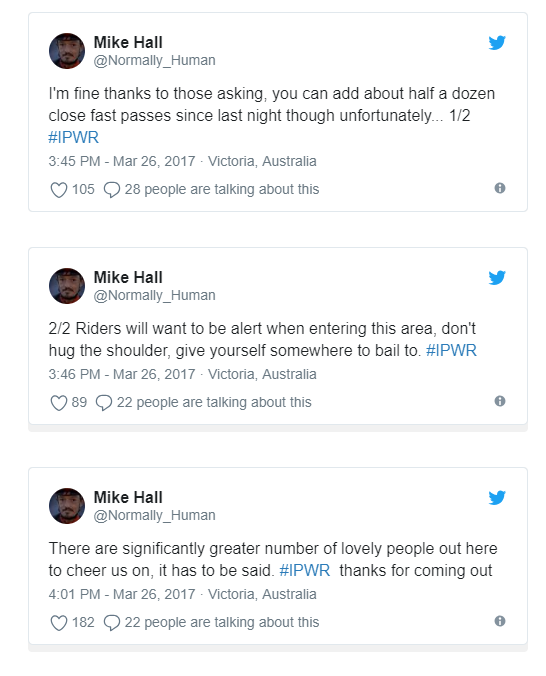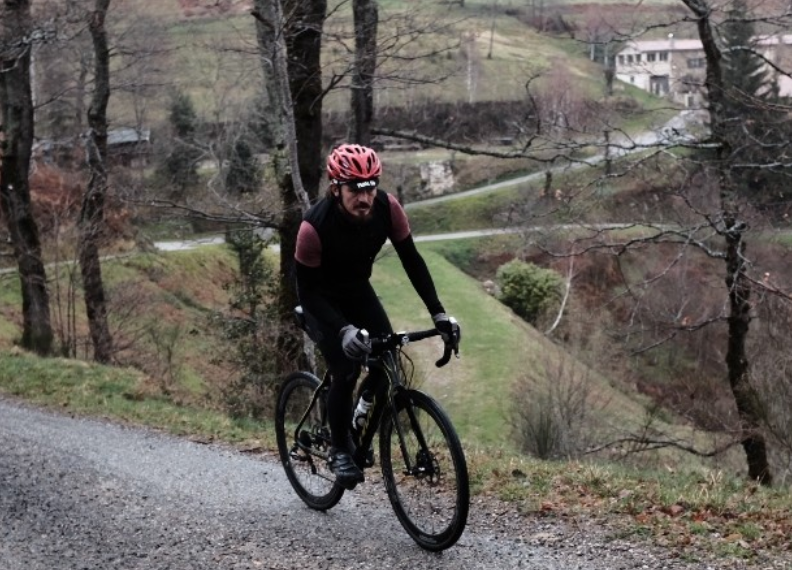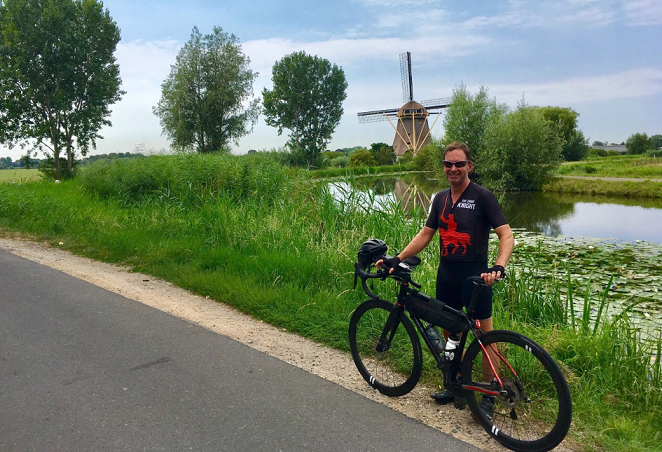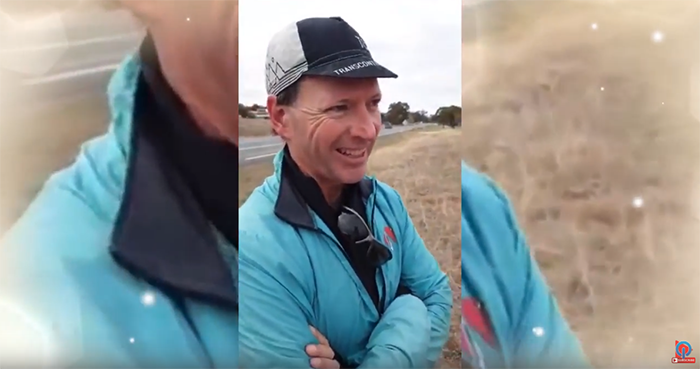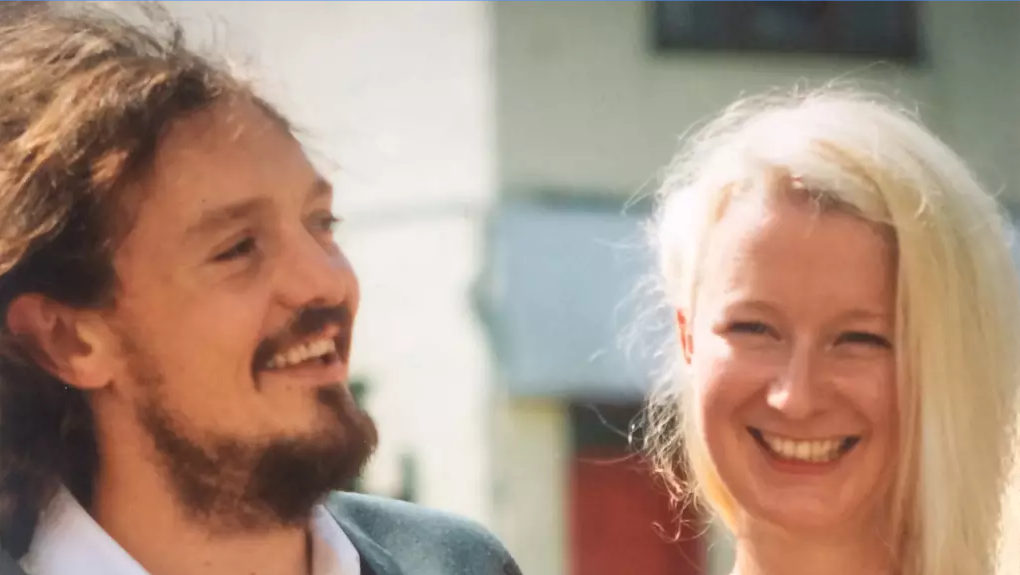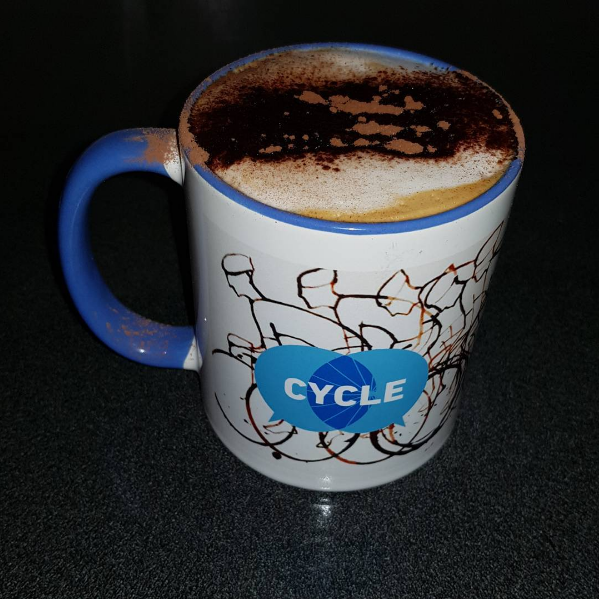How Australian Justice Fails Cyclists
#mikehallinquest
Cycle’s Summing Up of the 3-day A.C.T. Coronial Inquest into Mike Hall’s Death
(Media outlets, to reproduce this article or parts thereof contact Ed Hore, details on this site)
(Please use the hashtag #mikehallinquest when sharing this document)
Introduction
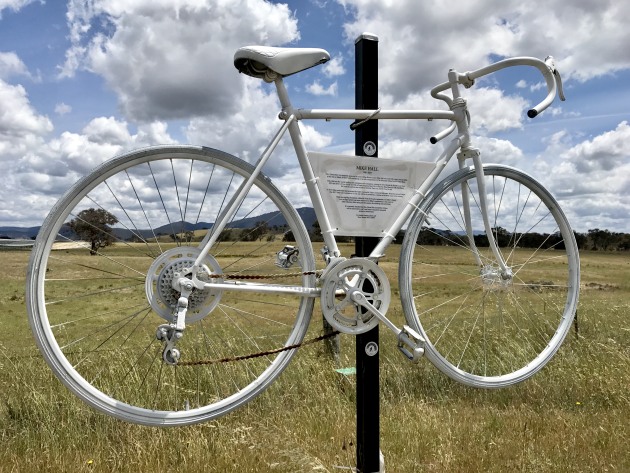 Photo Credit, Nat Bromhead - Bicycling Australia Magazine
Photo Credit, Nat Bromhead - Bicycling Australia Magazine
The ACT (Australian Capital Territory) Coroner’s Inquest is over, and the Coroner’s findings and recommendations are now not due to be released until January 2019.
There are no winners from all this.
Please be aware when reading this, some people may find the details distressing.
The losers here, as the Australian Cycle Alliance (Cycle) sees it, include: friends and family of Mike Hall; all cyclists (vulnerable road users) in Australia and especially in the ACT; the reputation of the ACT as a safe place to ride a bicycle; Australia’s legal system that we expect to deliver justice; and the Australian Federal Police.
Below, Cycle first looks at the timeline of the incident on 31 March 2017 south of Canberra. We then look in detail – from a cycling perspective – at the Australian Federal Police (AFP) investigation. Of course, we can only look at that investigation through the lens of the evidence presented in the ACT Coroner’s Court Coronial Inquest. It is not our intent to judge that legal process, or to pre-empt the findings of that Court. However, the rules and procedures of the Inquest have affected how the public have been able to view the AFP investigation.
We then list some problems, as Cycle sees them, at this point in time.
This article will not be the final one from Cycle addressing issues of public safety and protecting vulnerable road users. However, it is our summing up of three days that we all wish hadn’t needed to happen. We all wish that no cyclist is ever hit, injured or killed. “Towards zero”, to quote the current road safety strategy slogan throughout Australia.
The Timeline
On the evening of March 30, Mike Hall rode into Cooma with a bright front light and a bright rear light running off his Dynamo hub. [Cycle understands that Dynamo hubs deliver between 6 volts of AC at 3Watts power when it is propelled forward at approximately 15 km/h, testing on a DC battery is not a valid test (This is a correct from earier as we were informed differently but have been corrected by an member of the electronics trade). He was filmed with a reflective stipe on this rear bag, and wearing new-looking reflective leg warmers.]
That evening, Mike arrived in Cooma in NSW. This arrival was filmed by who were following the inaugural Indian Pacific Wheel Race (IPWR). GPS data indicates he arrived at 7:48 pm, and ate, rested and slept in or near Centennial Park. [Sometimes GPS data can be a few hundred metres off, and so he may have also been in one of three hotels within a few hundred metres of Centennial Park.] About seven hours later, at 2:55 am, Mike set out for Canberra. Cycle is in no doubt that Mike was wearing his reflective leg warmings, as it was approximately three degrees and he had previously expressed concern on his Twitter feed about how close cars were passing him. He was also likely wearing his dark jacket with a wide white shoulder stripe on each arm.
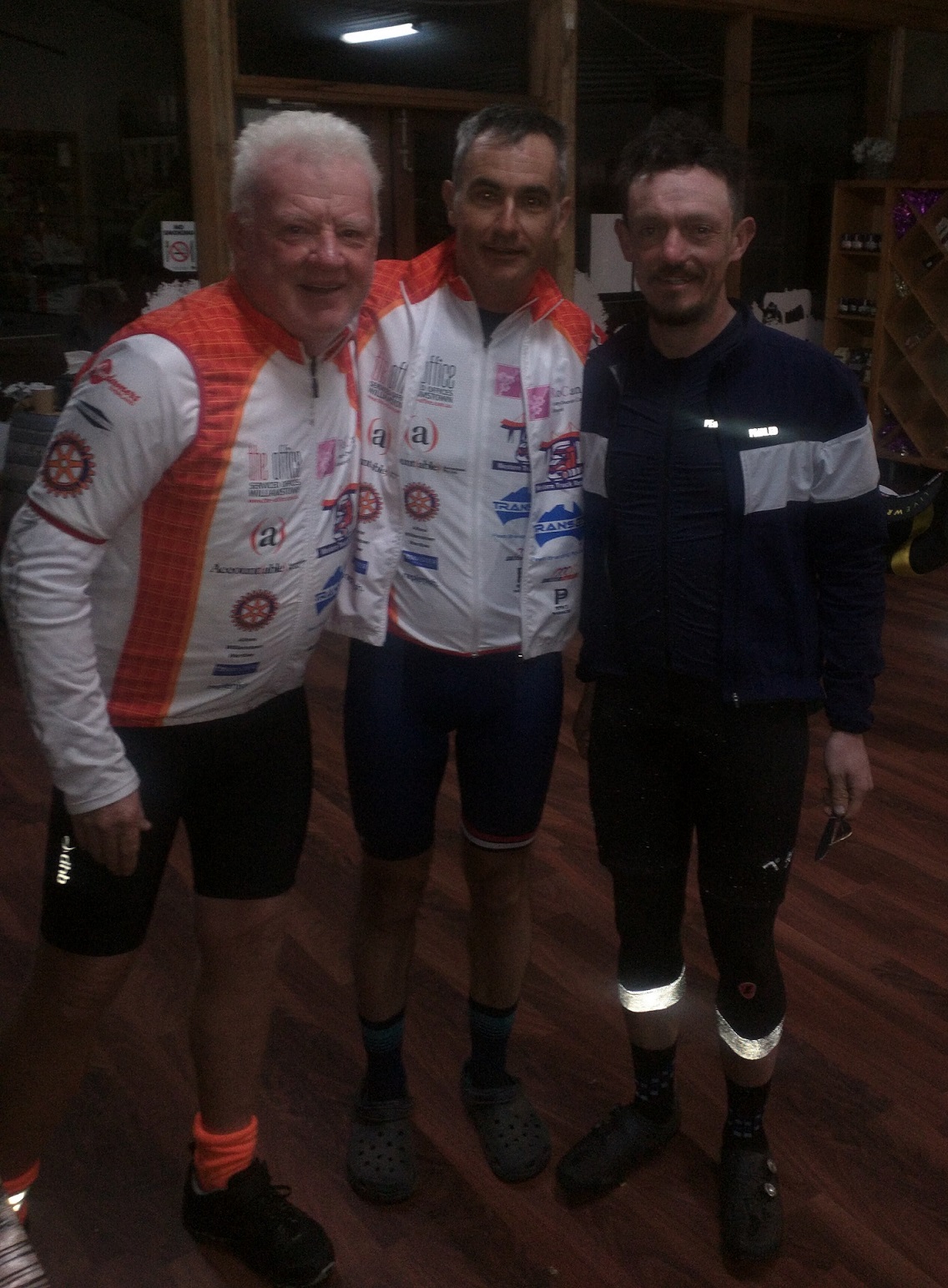
The driver of the car that struck Mike at 6:22 am went to sleep at 9 pm, and woke up at 4 am. The driver, Mr Bobb, told Senior Constable Potts in hospital on the day of the crash that he left home at 5:30 am. In his formal interview four or five days later, he stated to the AFP that he left for work at 5 am. The driver told police that he was awake in the night to tend to a new born baby.
Mr Bobb was 19, and was on his P-plates. Cycle does not know if he had NSW or ACT P-plates. If he was a NSW P1 licence holder, then he would have been limited to driving at 90 km/h. As his home was 79 km from the site of the crash, with a stop at a petrol station and with two 80 km/h zones and a 60 km/h road works zone between his home and the crash site, Cycle calculates that he would have had to be travelling at an average of 105 km/h if he left home at 5:30 am. If he left home at 5 am, Cycle calculates that he may have been able to stay within the posted speed limits on his journey, but he would have got all the way to Canberra by 6:22 am – the time of the crash. [One variable would be how long he stopped at the petrol station.]

Mr Bobb was listening to music and was singing whilst driving.
Mr Bobb stated in his official statement that a truck parked outside a disused petrol station just a few hundred metres before the intersection where the crash occurred caught his attention. This may have led to up to seven seconds of inattention, or 200 metres of travel, at 100 km/h according to the expert witness.
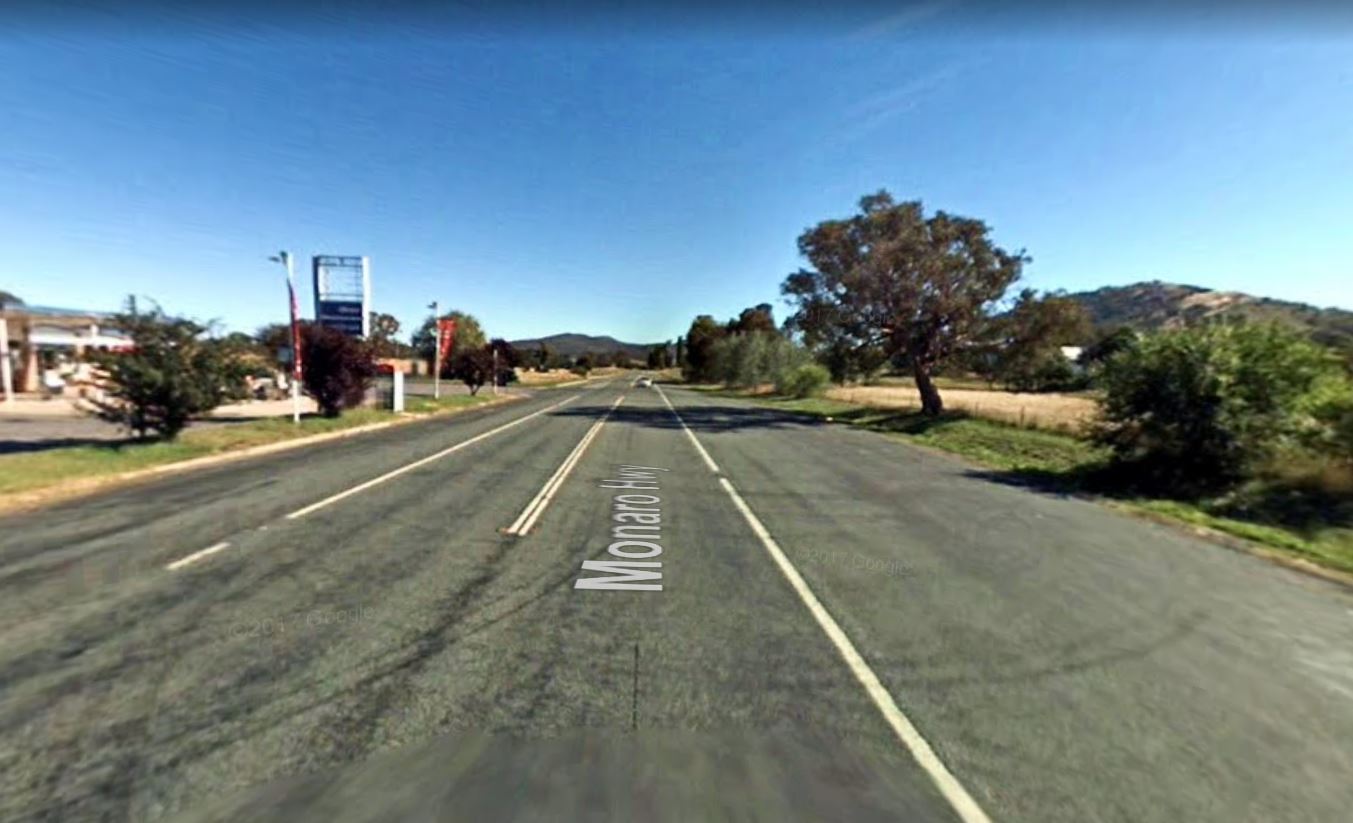
Mr Bobb stated in his conversation with Senior Constable Potts at the hospital after the crash that he had primarily been driving with his high beams on, as he had difficulty seeing with his low beams. On approaching the T-junction Mr Bobb said that he dimmed is lights as there was “a car in front”. In his formal interview four days later, Mr Bobb stated to Senior Constable Potts that he had dimmed his lights as he approached the T-junction, but there was no mention of a car in front. [When this was questioned during the Inquest, the Coroner stopped the questioning as, due to Mr Bobb’s level of English, the Coroner stated that the meaning of “a car in front” could not be accurately determined.] [Cycle is not clear on why a driver would dim their lights if there was not a car in front. Whether there was a car in front of Mr Bobb as he approached the intersection, possibly in the right turn lane, possibly partially obscuring his vision of Mike, we may never know. That may help to explain why Mr Bobb did not move further to the right as he approached Mike.] [See missing Day 2 seventh witness note below.]
Mr Bobb stated that he did not see Mike before he hit him. [This is likely true.] Mr Bobb said that he thought he had hit a kangaroo. [This is possibly true initially, but see note below about the ‘body slide’.] Whatever happened, it is abundantly clear that the driver, Mr Bobb, was either not looking out of his front windscreen when he hit Mike, or he was not able to see clearly what was in front of him on the road.
Mike was hit straight on, from behind, at approximately 6:22 am. It is not possible to know exactly where Mike was riding. But from the position of his titanium bike frame in the bonnet of the car, he was riding straight and true. Typically, this would mean (if the car was within its lane) that Mike was just slightly to the right of the white fog line, and just about where the wide paved shoulder of the road disappeared.
Mike was likely hit just before the middle of the T-junction intersection, as the first debris was in the middle of the intersection. The rest of the wheel debris was 25 metres further along the road. 36 metres beyond that was where Mike came to rest. [Within this distance, the ‘body slide’ was 48 metres.] It was another 105 metres to where the car came to rest. There were no skid marks. So, the car came to rest at least 166 metres (25 + 36 + 105) from where Mike was struck. [There is another estimate that this distance was 178 metres.] [The ‘body slide’ is the distance the body travels along the ground between where it makes impact to the ground to where it comes to rest. This distance was some 48 metres of travel distance. It is possible that at some point during this horrific ordeal, the driver realised that he had not hit a kangaroo.]
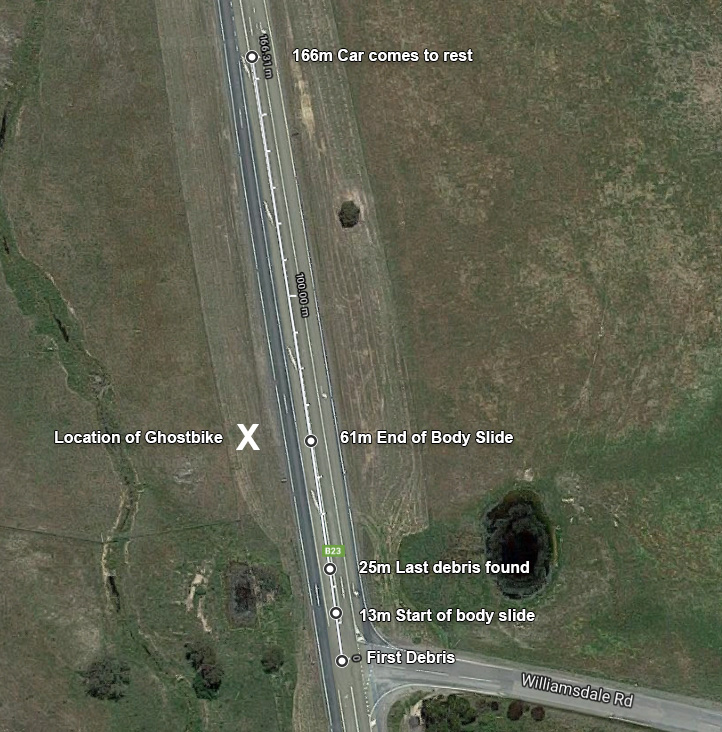
Mr Bobb was tested and was not affected by alcohol or drugs. Also, phone records showed that Mr Bobb had not made or received telephone calls or text messages while driving. No effort was made by AFP officers to seize his phone and test it for data use during that time.
There was a speed camera on the road between Cooma and Canberra. There was no effort by the AFP to obtain speed records for Mr Bobb from that camera.
Mr Bobb had a casual conversation with AFP officers at the hospital in Canberra on the day of the crash. Senior Constable Potts took handwritten notes of this conversation. Mr Bobb was given a formal interview on April 4th, about four days later. He was offered a translator at that time, but didn’t want one. Senior Constable Potts was of the opinion that Mr Bobb did not require a translator.
The Investigation
The investigation of Mike Hall’s death by the AFP seemed, to Cycle, to attempt to blame everyone else except the driver. The case pointed the finger of blame at: the organisers of the IPWR, Dragonface Pty Ltd (owned by Jesse Carlsson and Sarah Hammond); ACTRoads and the road infrastructure; and Mike Hall’s lack of conspicuosity (a term used to mean he was not conspicuous enough to be seen by car drivers). [Cycle sees this as victim blaming.]
In the evidence presented about Dragonface, no mention was made about the safety instructions organisers repeatedly gave to riders, including: to follow all road rules, to be fully self-supported, to have an emergency GPS device, to have front and back lights, and to have two independent power sources [e.g. a Dynamo plus one or more batteries]. Counsel Assisting, in introducing the AFP’s case, however, did mention a phrase ‘Hunger Games on Wheels’ that Jesse Carrlson had used in just one media interview.
The investigation attempted to blame ACTRoads for the road design at this intersection. While ultimately Mike’s position on road cannot ever be known with complete accuracy, the verge is not an issue as Mike was hit while riding true and straight. So, whether he was left of the fog line, on the fog, or right of the fog line, Mr Bobb should have been looking forward and should have seen Mike in front of him at an intersection with a right turn lane.
The investigation attempted to blame Mike for being fatigued. However, the expert witness, who was an expert in pilot and truck driver fatigue, stated that there was no research to connect exhaustion with fatigue, that fatigue mainly affected decision-making, and that elite athletes could possibly train to reduce the effects of fatigue (but there was no research for that either). After saying that he suspected Mike looked fatigued in a video from two days earlier because he yawned twice, the expert witness on fatigue also stated that determining fatigue was not scientific, and that the best way to do so was to look at the person or even just ask the person if they are fatigued.
However, the expert did concede that he was unable to rule out a 19-year-old new father getting up to a young child being fatigued.
The investigation attempted to blame Mike for not making himself conspicuous enough for drivers to see him. However, video footage showed his lights to be bright, and showed him having a reflector on his bag, reflective leg warmers and white arm bands. And to make matters worse, the AFP disposed of all Mike’s clothing, and ‘lost’ his bag with the reflective material. And since, previously, all counsel present at the Inquest had agreed to suppress all photographs of the body, in the interest of justice, the public will even know for certain what Mike was wearing at the time he was struck.
The investigation attempted to blame Mike when it recreated his bike, but without the correct voltage (they used only a 6-volt battery), without his reflective gear, without the front light pool on the road in front of the bike, and without a rider or any riding motion. Additionally, the bike in the recreation was placed far to the left of the fog line so that it was almost out of sight of a driver’s line of vision.
When elements of the AFP investigation were challenged by a lawyer for the organisers, the Coroner said that the Court was not going to criticise the AFP investigation.
The investigation brought eight driver witnesses to the Inquest (a ninth was not contactable). Two were travelling south towards Mike, six going north successfully passed Mike without hitting him, the ninth was waiting to enter Monaro Hwy from the T-Junction.
Of the two going south, one saw his bright lights and thought he was a motorcycle. The other one was an AFP officer who saw his front and rear lights, as well as his legs turning. [Cycle believes that this means Mike had his reflective leg warmers on.] The AFP officer did not stop Mike to say anything to him. [Cycle believes this was possibly because he was compliant with ACT road rules.]
Of the six who passed Mike safely, four claimed they had to swerve to avoid hitting him, two clearly saw his legs/leg warmers, one saw his right arm reflector, one was distracted by a deer (“I love deer”, he said), one had his view of the road obscured by fog, and two said that they saw his black clothing. [Cycle believes that when you say you see someone’s black clothing, you are actually seeing the reflective material that makes you then notice and remember the clothing.]
And, of the four who claimed to have had difficulty avoiding hitting Mike, none were driving to conditions, which would have meant driving below the maximum speed limit of 100 km/h on a dangerous, dark road that had fog patches and was full of kangaroos. The Counsel Assist advised the court that the ninth witness, who was uncontactable, was interviewed twice, in the first interview he stated he saw a few cars coming from the south, but in the second interview said there was one or two. [Without his testomony it is now impossible to establish if there was a car in front of Mr Bobb.]
These witnesses were only interviewed in September, four to five months after the crash. Most if not all of them volunteered to give evidence, some using CrimeStoppers to contact police. And it is an established fact that memory is not perfect, and it deteriorates over time.
Counsel Assisting also said the Monaro Highway is not used very often by cyclists. However, Strava heat maps show 30 riders per day, which probably means that 100 a day on average use that road [as not every cyclist uses the Strava ride sharing app].
Counsel Assisting also sought to represent Mr Bobb, the driver. This was unusual and is not done in other state Coroner’s Inquests. Then, in the interest of justice, the driver was prevented from giving testimony. [Cycle wonders if this was to prevent him from contradicting his earlier statement. It also meant that no one would be able to ascertain if he had been speeding or not, or whether he dimmed his lights at the T-junction for “a car in front”.]
Both Counsel Assisting and the Coroner claimed that Mr Bobb’s English might not have been good enough and so he was given a certificate that allowed him not to give evidence at the Inquest in the interest of justice.
The AFP investigation led by Senior Constable Potts tested Mr Bobb’s front low beam lights and determined that they were below the minimum required lux (illumination of the road in front of the car) and would not have passed a NSW roadworthy test (allowing a driver to see 30 metres in front of them). In his first formal interview, Mr Bobb told Senior Constable Potts that he could only see a few metres in front of him. In a follow-up interview, Senior Constable Potts asked Mr Bobb how far he could see if it were a soccer pitch, and Mr Bobb said “half way across” [that is, 50 metres].
The AFP did not charge Mr Bobb for driving with inadequately bright lights. Mr Bobb was over-driving, a term that means he was going faster than he was able to see, effectively meaning that he was a risk of hitting obstacles on the road before he was able to discern that those obstacles were even there.
The AFP investigation led by Senior Constable Potts never questioned Mr Bobb’s changing story regarding what time he left home.
The AFP investigation led by Senior Constable Potts never questioned Mr Bobb’s changing story regarding whether there was “a car in front” or not.
The AFP investigation led by Senior Constable Potts didn’t seize Mr Bobb’s phone, even though he admitted to being distracted by a parked truck on his left. [This is the direction where one would normally place a mobile phone. There was no mention during the entire Inquest whether Mr Bobb had a car hands free mount for his phone or not.]
The AFP investigation led by Senior Constable Potts didn’t follow up to find out if there was in fact a truck there. [Regardless, looking at a parked truck on the side of the road is not as important as looking in front of you as you drive in the dark at 100 km/h with poor headlights.]
The AFP investigation led by Senior Constable Potts didn’t check Mr Bobb’s phone for data/app usage.
No ultra-endurance cyclists were interviewed by the AFP, and none were asked to give evidence at the Coronial Inquest. Ironically, there were six ultra-endurance cyclists in attendance at the Inquest. Four of them had also competed internationally in similar events. The benefit of their knowledge and experience was not included in the investigation by the AFP.
In short, it seems to Cycle that the AFP made the assumption at the start of their investigation that the cyclist was at fault for not being conspicuous enough/visible enough to the driver, and then set out to collect evidence that supported that position. Evidence that did not support that view was not collected, marginalised, disposed of or somehow lost.
The Journey To The Other Side: Indian Pacific Wheel Race 2017 Documentary
In Conclusion
The AFP appears to have disposed of a lot of evidence.
There are no consequences for breaking the road rules that lead to a death. No consequences for being distracted while driving. No consequences for failing to drive to road conditions. No consequences for driving a vehicle that does not meet registration standards.
Cycle sees the following problems in Australia following on from this inquest:
- The ACT Coroner’s Court. This was not the place to find justice for Mike Hall, as it did not have the power to investigate, but only to determine the cause of Mike Hall’s death.
- Safe infrastructure. There is a troubling trend for road engineers to attempt to save money by not designing roads for all road users, and especially VRUs.
- Inattentive drivers. Drivers who are not held accountable for their actions are still a problem on Australian roads. This is unrelated to blame and punishment, which are different.
- The Police. Part of the problem on Australian roads is that the Police are seen to be failing to hold drivers accountable and are seen to not be acting, in the public interest, to protect vulnerable road users.
- The media. The mainstream Australian media often appear to be sensationalising the death of cyclists, possibly to help them boost their revenue.
- The Australian Federal Police (AFP). The AFP, it appears from the evidence presented and not presented at the inquest, failed to fully investigate the death of Mike Hall. The assumption appears to be: ‘The cyclist is responsible for their own death. Now let’s provide evidence to prove that.’
If the findings and recommendations of the ACT Coronial Inquest into the death of Mike Hall on 31 March 2017 are not made public in January 2019, then the only written record of the 3-day Inquest will be the detailed notes taken in court by Cycle representatives. Only Cycle had representatives taking detailed and extensive notes on all three days of the Inquest. And only Cycle has documentation to back up its reporting. Minor additions may be made, but no changes are foreseen to the content of this document.
[Please note, this document is copyright and cannot be reproduced in part or in full without the consent of the Australian Cycle Alliance inc.]

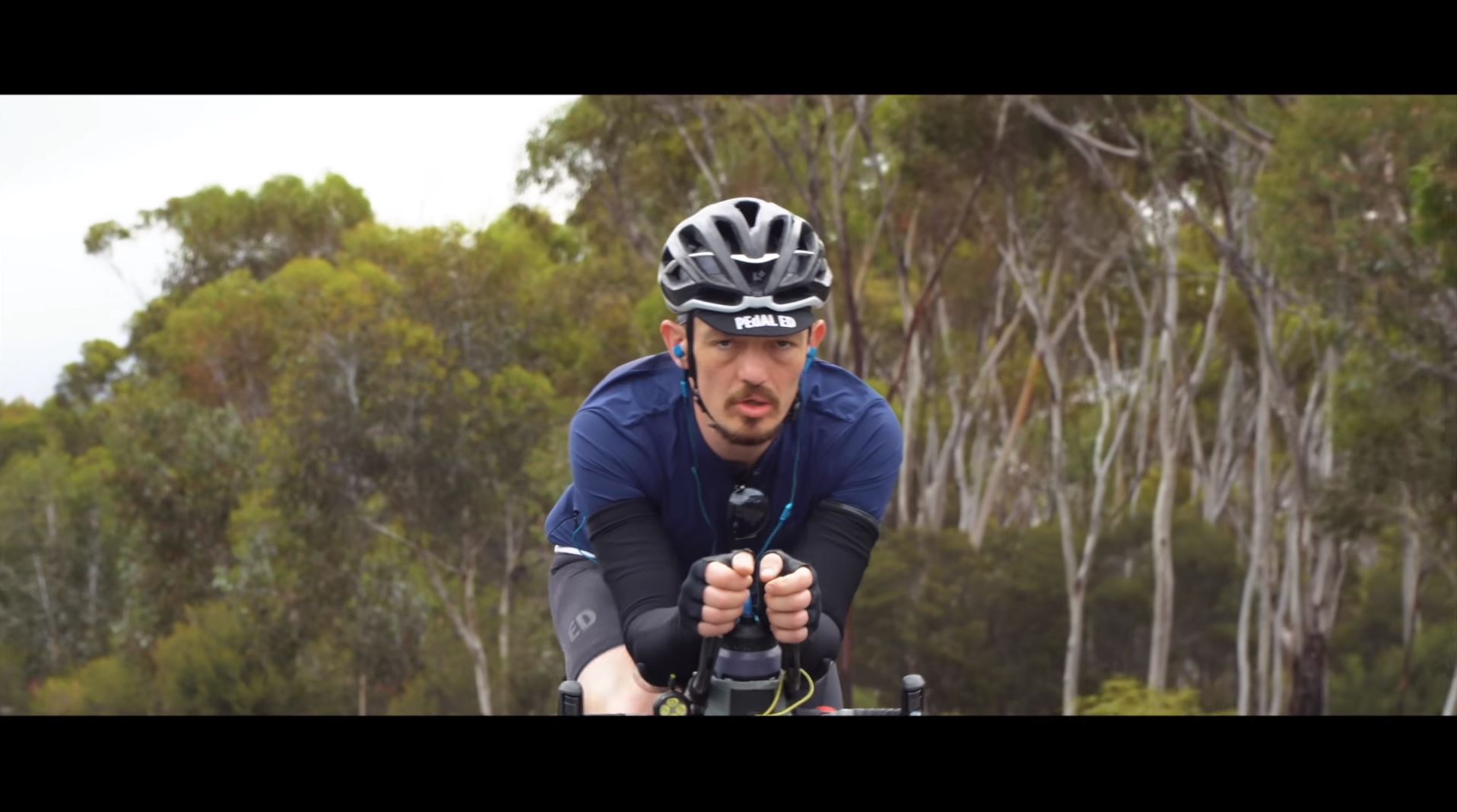

 Photo Credit, Nat Bromhead -
Photo Credit, Nat Bromhead - 



